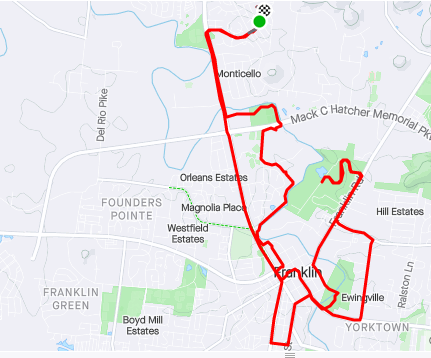For those that have been following me, you know by now that my back has been hurting bad since early October 2017. I took several trip to the ER and eventually got the doctors to listen and got

an MRI of my lower back done. I was referred to a spine specialist at Duke Medical, who promptly informed me that he does not work on the lower part of the back, but gave me a name of a doctor who does work on the lower back; Dr Oren Gottfied of Duke Spine Center. I went and talked with Dr Gottfried, and was well impressed with him; we sat and talked about different treatment options and methods for pain management and correcting my issue. He pretty much said that surgery is in my future for my back, but at this time we want to work through the progressive steps to
get there. We decided to go with Epidural Steroid Injection (ESI) since first step was physical therapy, with pain and anti-inflammation pills; but we are already on them for other reasons and we have not had any success.
ESI is a technique in which corticosteroids and a local anesthetic are injected into the epidural space around the spinal cord in an effort to improve spinal stenosis, spinal disc herniation, or both. The MRIs that I have had done, all show both spinal stenosis, and disc herniation (with possible tear). Spinal stenosis is an abnormal narrowing of the spinal canal that results in pressure on the spinal cord or nerve roots. Symptoms may include pain, numbness, or weakness in the arms or legs, which I have had (this time around) since October of 2017. Symptoms started gradual, and then steadily worsened, forcing me to the ER multiple times in the same week. Spinal disc herniation, also known as a slipped disc, is a condition affecting the spine in which a tear in the outer, fibrous ring of an intervertebral disc allows the soft, central portion to bulge out beyond the damaged outer rings. Disc herniation is usually due to age-related degeneration of the outer ring, known as the anulus fibrosus, although trauma, lifting injuries, or straining have been implicated as well. Tears are almost always on the back, and may result in the release of chemicals causing inflammation, which may directly cause severe pain even in the absence of nerve root compression.
The injection of steroids directly into the spinal area where the tear or stenosis occurred allows for direct access of the medicine to the affected area.
I plan on documenting my walk though this trauma, in hopes that others may read this and decide if ESI is the right medical treatment for them.


holy crap!! Hope you are better more sooner than later
We can only hope!! I will let you all know how it goes.
I’ve got 4 herniated discs in my neck. I had an MRI in early Dec. My issue is pain on the right side of my neck and shoulder. This has been ongoing since the early part of October. I’ve been going to PT regularly since December but it’s worsening . My right clavicle is being pushed way out and causing pain. My next step will be to see an orthopedic doctor I guess.
I sure hope the injection works well for you!
I feel for you. Colleen has had numerous injections in her lower back. I have had quite a few in my neck.